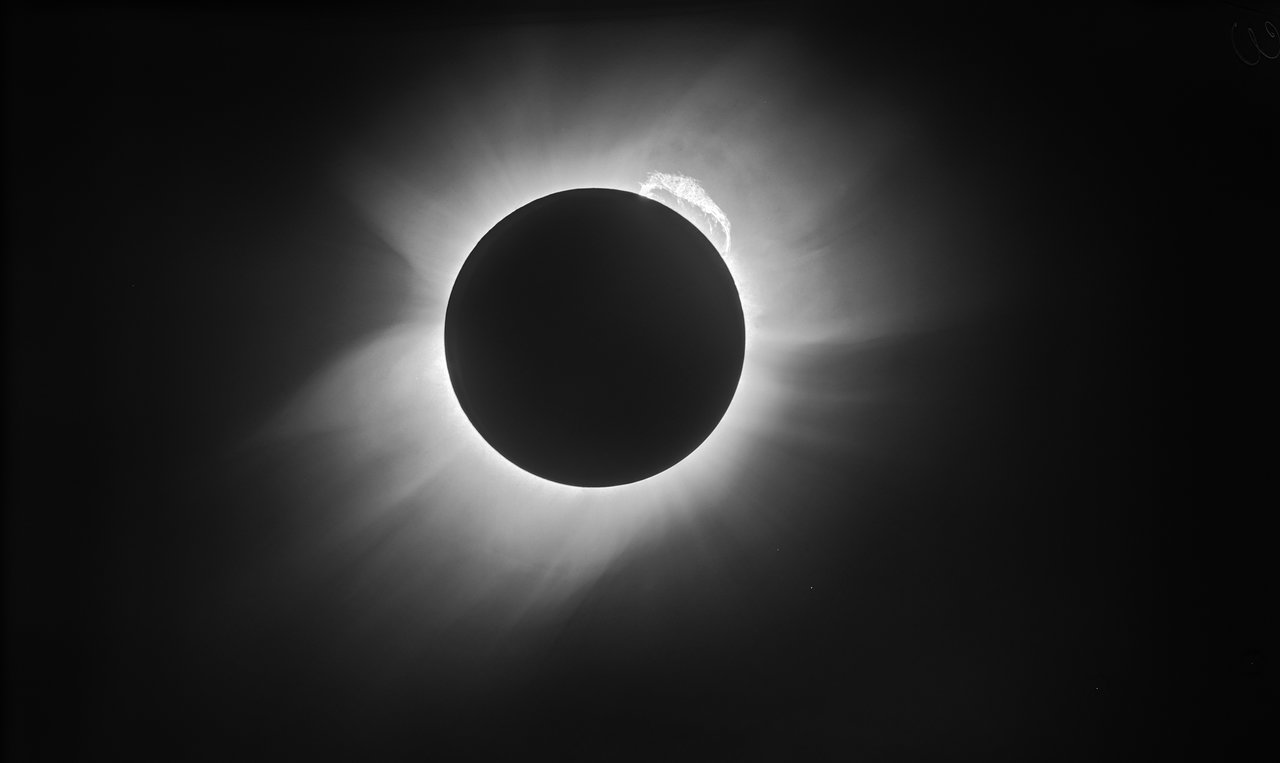ONE THING IS CERTAIN
By:
June 9, 2023
A series dedicated to poems, published c. 1900–1935, the Radium Age sf-adjacent themes of which include: dystopia and utopia, far-out mathematics and the fourth dimension, Afro-futurism, catastrophe, future war, new technologies, scientific breakthrough, dehumanization, cosmic awe, disenchantment and unseen forces, unknowable aliens and singularity. Research and selection by Joshua Glenn; thematic index here.

Oh leave the Wise our measures to collate
One thing at least is certain, LIGHT has
WEIGHT,
One thing is certain, and the rest debate —
Light-rays, when near the Sun, DO NOT GO
STRAIGHT.
— During Eddington’s tenure as director of the Cambridge Observatory and secretary of the Royal Astronomical Society, he became Einstein’s biggest evangelist — this. at a time when there was still considerable wartime hostility and mistrust toward any work by German physicists. He wrote a number of articles that announced and explained Einstein’s theory of general relativity to the English-speaking world. He also conducted an expedition to observe the solar eclipse of 29 May 1919 that provided one of the earliest confirmations of general relativity; it is now known as the “Eddington experiment.” More info here.
Since the masses of celestial bodies would cause spacetime to curve, Einstein predicted that light should follow those curves and bend ever so slightly. Isaac Newton had also predicted that light would bend in a gravitational field, although only half as much. Which prediction was more accurate? Scientists feared that measuring such a tiny curvature was simply beyond their experimental capabilities at the time.
Eddington took nighttime baseline measurements of the positions of the stars in the Hyades cluster in January and February of 1919. During the eclipse the sun would cross that cluster, and the starlight would be visible. Comparison of the baseline measurements of a star’s position and the corresponding measurements made during the eclipse, when that star was just visible at the limb of the sun, would determine whether Einstein or Newton was right.
Then Eddington set sail for Principe, a remote island off the west coast of Africa, sending a second ship to Sobral, Brazil — just in case the weather didn’t cooperate and clouds obscured the view. It proved to be a smart decision. Eddington’s team was dismayed when heavy rains and clouds appeared on the day of the eclipse, although the skies cleared sufficiently by the time of the event to allow them to make their measurements. The Brazilian team had their own challenges: The tropical heat warped the metal in their large telescopes, forcing them to also use a smaller 10-centimeter instrument as backup.
Once the two teams had analyzed their results, they found their measurements were within two standard deviations of Einstein’s predictions, compared to twice that for Newton’s, thus supporting Einstein’s new theory.
Following the return of the expedition, Eddington was addressing a dinner held by the Royal Astronomical Society, for which he wrote a untitled parody of The Rubaiyat of Omar Khayyam. It contained the quatrain reproduced here.
RADIUM AGE PROTO-SF POETRY: Stephen Spender’s THE PYLONS | George Sterling’s THE TESTIMONY OF THE SUNS | Archibald MacLeish’s EINSTEIN | Thomas Thornely’s THE ATOM | C.S. Lewis’s DYMER | Stephen Vincent Benét’s METROPOLITAN NIGHTMARE | Robert Frost’s FIRE AND ICE | Aldous Huxley’s FIFTH PHILOSOPHER’S SONG | Sara Teasdale’s “THERE WILL COME SOFT RAINS” | Edith Södergran’s ON FOOT I HAD TO… | Robert Graves’s WELSH INCIDENT | Nancy Cunard’s ZEPPELINS | D.H. Lawrence’s WELLSIAN FUTURES | & many more.
